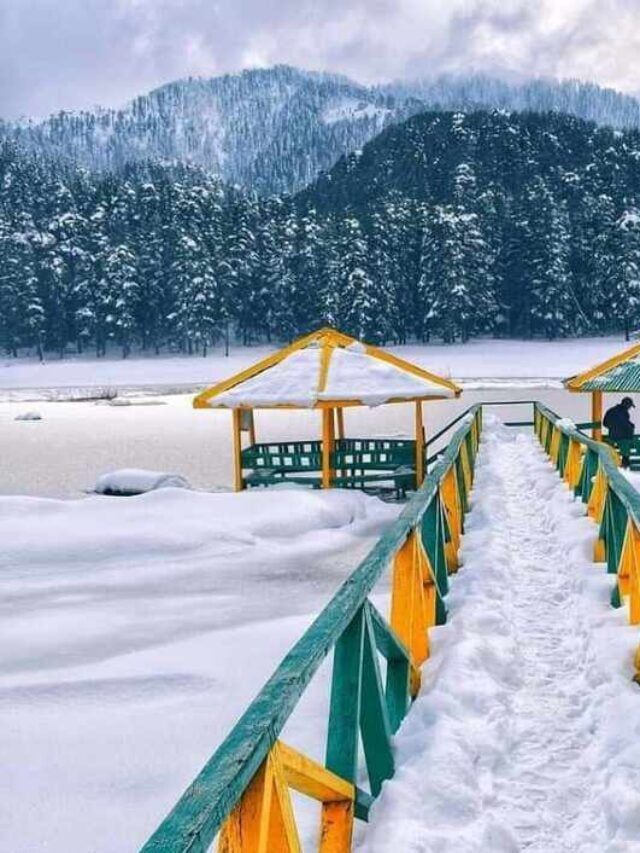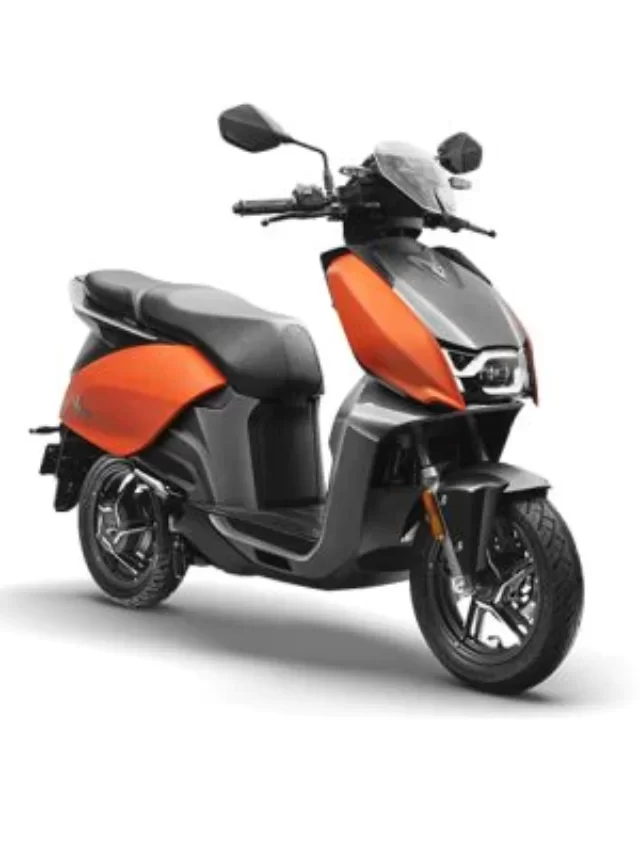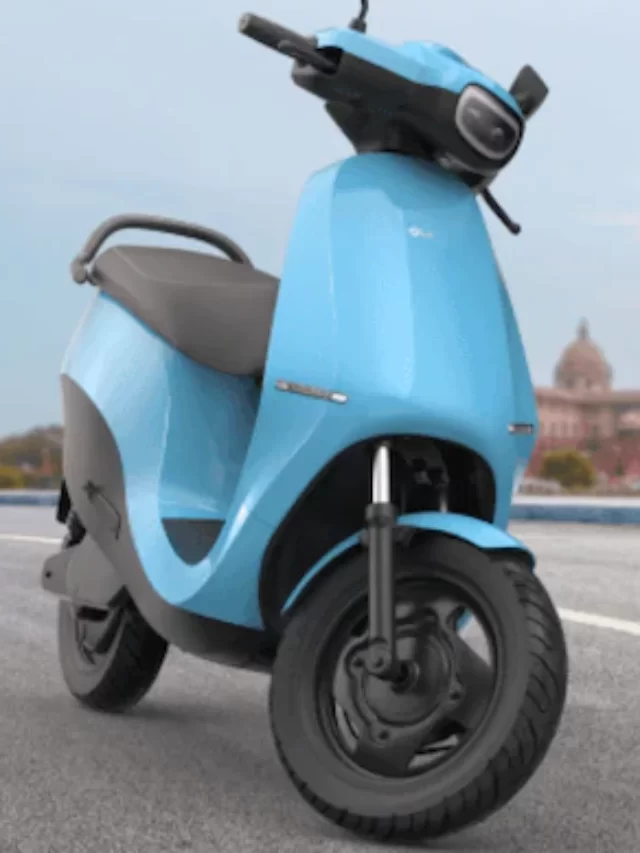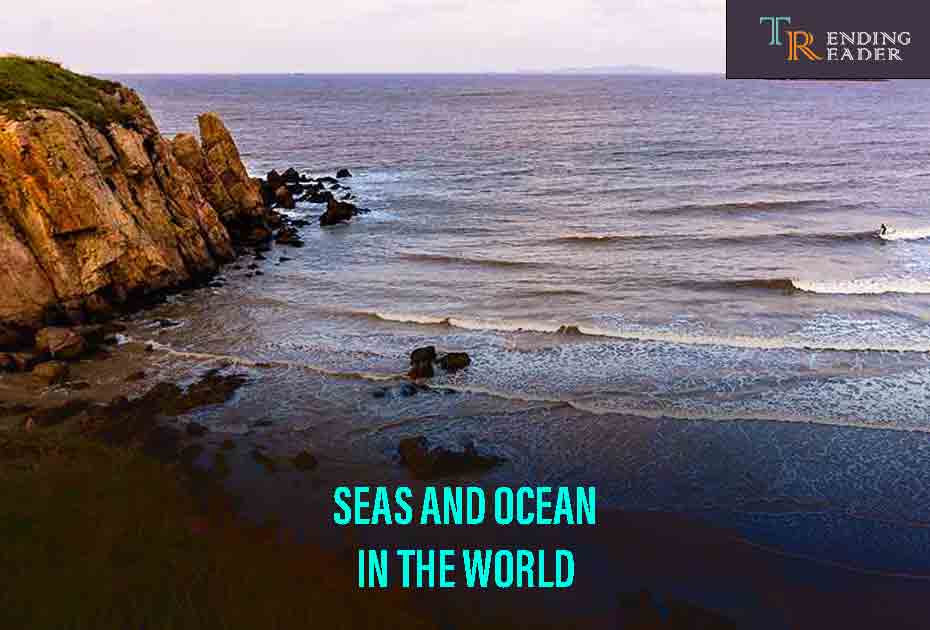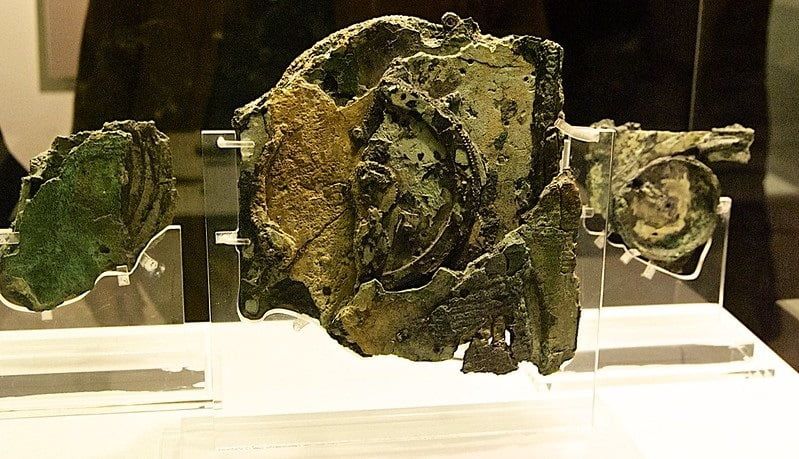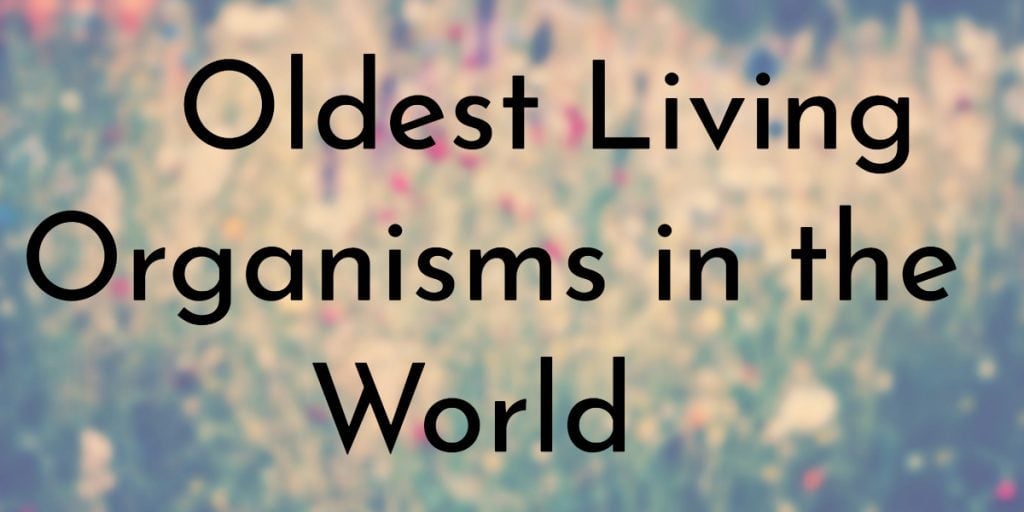The Arctic, North Atlantic, South Atlantic, North Pacific, South Pacific, Indian, and Southern oceans are all part of the Seven Seas. Read this blog to know about seas and oceans in the world and also here is the difference between a sea and an ocean.
Throughout history, the expression “sail the Seven Seas” has meant different things to different people in different eras. Primeval cultures of India, China and Persia have also used the word, “Seven Seas” to refer to these bodies of water. Historically, the phrase applied to bodies of water along trade routes and regional waters, however, these seas were sometimes found to be mythological rather than actual water bodies. These have all been part of the seas and oceans in the world.
The History Of Seven Seas
The word “Seven Seas” has been built up to be a metaphor for a sailor who has charted all the seas and oceans present in the world, rather than a literal term. The number ‘seven’ has quite a lot of significance in cultural as well as historical aspects. It can be seen in terms such as the seven sins, seven dwarves, and seven days in the week.
The term “Seven Seas” was first coined in a hymn to Inanna, the goddess of sexual love, fertility, as well as warfare. The Sumerian high priestess of Enheduanna had put it into use in 2300 B.C.
The tributaries that formed the Oxus River, the old name for the Amu Darya, one of the rivers that are considered to be the longest in Central Asia, were famous to the Persians by the name of the Seven Seas. It begins approximately in the Pamir Mountains. It then runs in the northwest direction through the Hindu Kush, Turkmenistan, and Uzbekistan, eventually reaching the Aral Sea.
In Latin, the Septem Maria is known as the Seven Seas. These were all a collection of saline water bodies that were mostly separated from the open sea by sandy land near Venice to the ancient Romans. Pliny the Elder, a Roman author, and admiral of the navy recorded this.
The seven seas were widely known among the ancient Arabs as the route you must follow if you desire to reach the East. The Persian Gulf, Gulf of Khambhat, Bay of Bengal, Strait of Malacca, Singapore Strait, Gulf of Thailand, and the South China Sea were the locations.
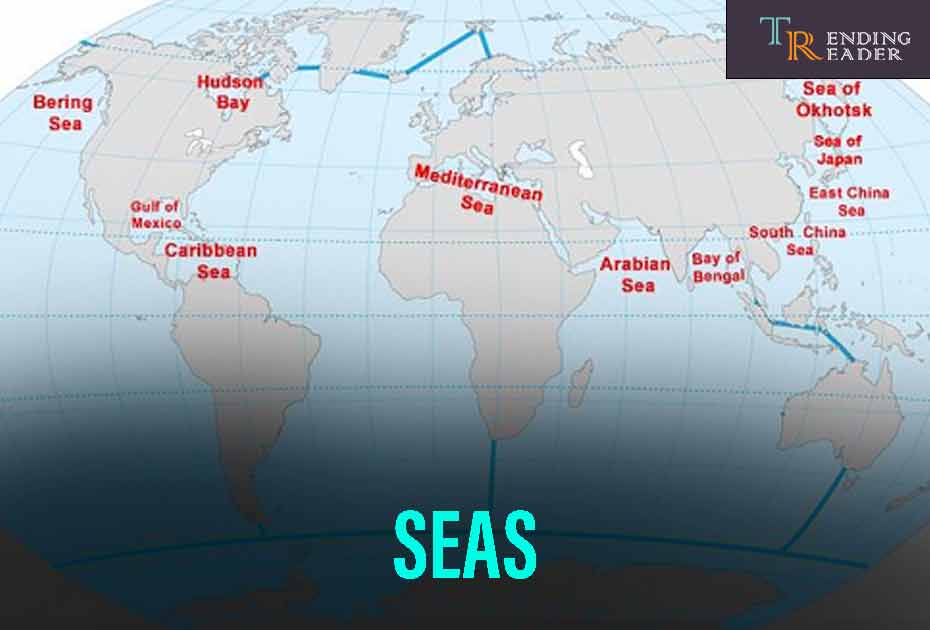
The Phoenicians were skilled maritime traders, and their ships ventured out to find markets and raw resources. Their Seven Seas were all part of the Mediterranean: Alboran, Balearic, Ligurian, Tyrrhenian, Ionian, Adriatic, and Aegean. It was in the Middle Ages that the Greeks and Romans had given the Seven Seas its name. The Adriatic Sea, Mediterranean Sea (including the Aegean Sea), Black Sea, Caspian Sea, Persian Gulf, Arabian Sea (part of the Indian Ocean), and Red Sea (containing the Dead Sea and the Sea of Galilee) were all referred to as the Seven Seas at the time.
After the ventures of Europeans began in order to explore North America at the time of the Age of Discovery (1450-1650), the notion of the Seven Seas changed once more. The Arctic Ocean, the Atlantic Ocean, the Indian Ocean, the Pacific Ocean, the Mediterranean Sea, the Gulf of Mexico, and the Caribbean Sea were several names that the sailors in that period used to call the Seven Seas. Other geographers refer to the Mediterranean and Red Seas, the Indian Ocean, Persian Gulf, China Sea, and the West and East African seas as the Seven Seas of the period.
The Banda Sea, the Celebes Sea, the Flores Sea, the Java Sea, the South China Sea, the Sulu Sea, and the Timor Sea were the seas that were all given their titles taking inspiration from the tea trade that sailed from China to England during the Colonial era.
The Modern-day Seven Seas
The list of the seven seas in the modern era now is accepted by geographers as the list of oceans.
1. The Pacific Ocean
The Pacific Ocean is the world’s largest ocean, covering more than 30% of the planet’s surface. This is nearly half of the water on the planet. It straddles the Americas’ west coast, as well as east Asia and Australia. The Pacific Ocean is divided into two portions by the equator: the North Pacific Ocean and the South Pacific Ocean.
2. The Atlantic Ocean
Between the Americas and the continents of Europe and Africa is the Atlantic Ocean. The Atlantic Ocean is the world’s second-largest and saltiest ocean. The Mid-Atlantic Ridge makes up the ocean’s bottom. This undersea mountain range stretches from Iceland to 58 degrees latitude south. It is part of the world’s longest mountain range.
Also Read – World Ocean Day History, Significance, Quotes & Poster Ideas
3. The Indian Ocean
The Indian Ocean is the world’s third-largest ocean, and it surrounds a densely inhabited area. It holds an additional 20% of the water on the planet’s surface. In the north, it shares boundaries with India, East Africa, Australia, and the Southern Ocean. The life of the underwater creatures has, however, been decreased due to an increase in the temperature of the water. The Indian Ocean has played an essential role in trade since around 800 A.D. It completely encircles Antarctica.
4. The Southern Ocean
It has a total area of 20,327,000 square kilometres. It stretches all the way to 60 degrees south latitude. It’s a harsh environment, and it’s the least known of the five oceans. This is due to the fact that it is uncharted territory, located far from populated regions, and has a harsh environment.
Also Read – Why Is World Environment Day Celebrated – Quotes And Poster Ideas
The Difference Between A Sea And An Ocean?
The concept that the terms ocean and the sea are interchangeable is popular. In actuality, folks who are unfamiliar with the definitions of these words precisely often end up using them in the place of another. There is a significant difference between a sea and an ocean. A sea is a relatively smaller body of open water when compared to an ocean.
A sea is a smaller area of an ocean that is usually partially surrounded by land by definition. As a result, the place where the water unites with the land. Seas are frequently surrounded by land.
Also Read – Most Destructive Tsunamis In History – The Giant Rogue Wave Of Nature
Conclusion
According to estimates, the Earth is covered in water to the tune of 71 percent. Lakes, rivers, and tributaries can be found all over the world, but the two kinds of water bodies that are seen and talked about the most are oceans and seas. Seas and oceans are both enormous bodies of water, but their most prominent point of difference in their respective sizes. Oceans have a greater magnitude both in the principle of size and depth when compared with seas. Today, the term “Seven Seas” refers to the five oceans, with some minor modifications.
For more related information, visit Discover – Trending Reader.
